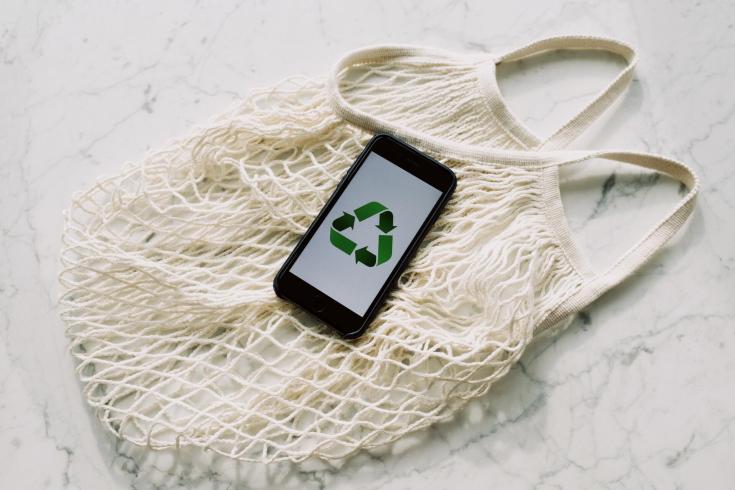Even more from less

Building on the 2016 report More from less — material resource efficiency in Europe, the new report 'Resource efficiency and the circular economy in Europe 2019 – even more from less' was prepared by the European Environment Agency (EEA) with the assistance of the European Topic Centre on Waste and Materials in a Green Economy (ETC/WMGE).It provides an overview of the policies, approaches and targets of 32 European countries (the EEA member states) in the field of resource efficiency and circular economy.
The document primarily examines national policy initiatives but also provides an overview of actions related to these policy areas that have been taken at a regional or local level or that target specific economic sectors or industries. It also contains examples of good tools and experts’ opinions for making further progress in the direction of circular economy.
Key highlights from the report
- Since the adoption of the EU circular economy action plan in 2015, there has been a clear shift from a national policy development focus on resource efficiency policies towards the broader circular economy perspective.
- Although policies on resource efficiency, raw material supply and the circular economy have different focuses, all three are interrelated.
- Monitoring remains challenging and the countries are showing widely different approaches and degrees of advancement.
- In some countries, the role of government is slowly shifting from regulator and enforcer to facilitator and promoter, with wide stakeholder engagement in policy development, including business community and other key stakeholders.
- It is important to identify groups of the society that may be losing out in the transition to a circular economy and their needs are to be addressed through socially just policy interventions.
Circular economy transition at regional and local level
The report acknowledges the key role of policy action at local and regional level. It is highlighted that the experience from existing regional strategies may provide useful input for countries planning to develop their own regional policy initiatives. The majority of the examples reported by the countries are projects linking the circular economy or resource efficiency to activities such as waste management, food waste prevention or industrial symbiosis. There are also examples of regional or local strategies or roadmaps.
At local level examples of institutional support for circular economy are mentioned, including circular initiatives directed at local businesses. For example, in Ireland the Local Authority Prevention Network (LAPN), part of the national waste prevention programme, provides funding, training, technical support and networking for local authority staff targeting sustainability and waste prevention initiatives at the local level. In some countries small municipalities are also taking steps to prepare plans to achieve circularity in the next few years. For example, the Danish municipality of Samsø, an island off the Danish coast with a population of 4 000, has adopted the goal of becoming circular by 2027, with particular focus on the biological circle.
It has adopted a set of objectives to ensure the circular use of its resources, a list of principles and goals for its public procurement policy and initiated the training of all businesses in the municipality. The municipality is a partner in Interreg Europe Night Light project and good practices illustrating its ambitious energy efficiency approach have been included in the Interreg Europe Good practice database.
Why is the report useful for regional and local policy-makers
The transition to circular economy is the direct or indirect focus of a number of Interreg Europe projects approaching the topic from different perspectives. Good practices have already been identified by the project partners in the process of interregional learning and exchange on themes like food waste reduction, circular biological streams, resource efficiency and circular models for SMEs, Systemic design for circular economy transition, green public procurement, Circular Business Models, Industrial symbiosis, etc.
With a dedicated chapter on good practice examples and innovative approaches, the EEA report can be interesting for Interreg Europe projects as well as for other public authorities at national, regional and local level across the EU as a source of inspiration and learning. In particular, the examples can provide helpful insight on:
- Resource efficiency and/or the circular economy aspects taken up in other policy areas, such as innovation, education and product policy
- Support mechanisms, for example taxation, green deals and information platforms
- Institutional set-ups to develop and monitor policies
- Innovative business models for the circular economy
The Interreg Europe Policy Learning Platform has addressed the topic in a number of publications and events among which:
- Webinar on biogas from organic waste
- Policy brief on
Document
- Policy brief on circular economy business models in the EU
- Policy brief on
Document
- Webinar on circular economy business models
- Workshop on opportunities for the uptake of industrial symbiosis
